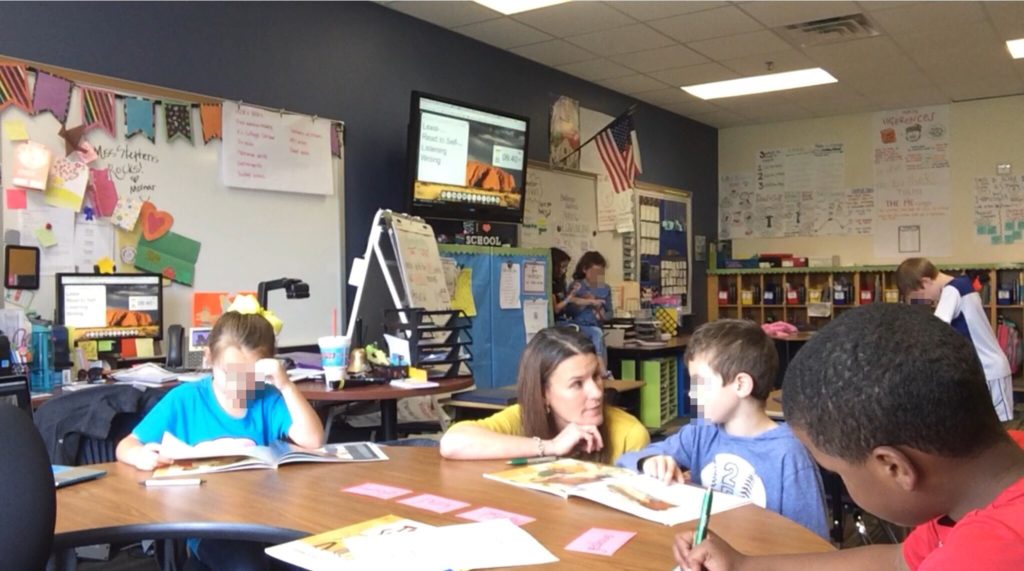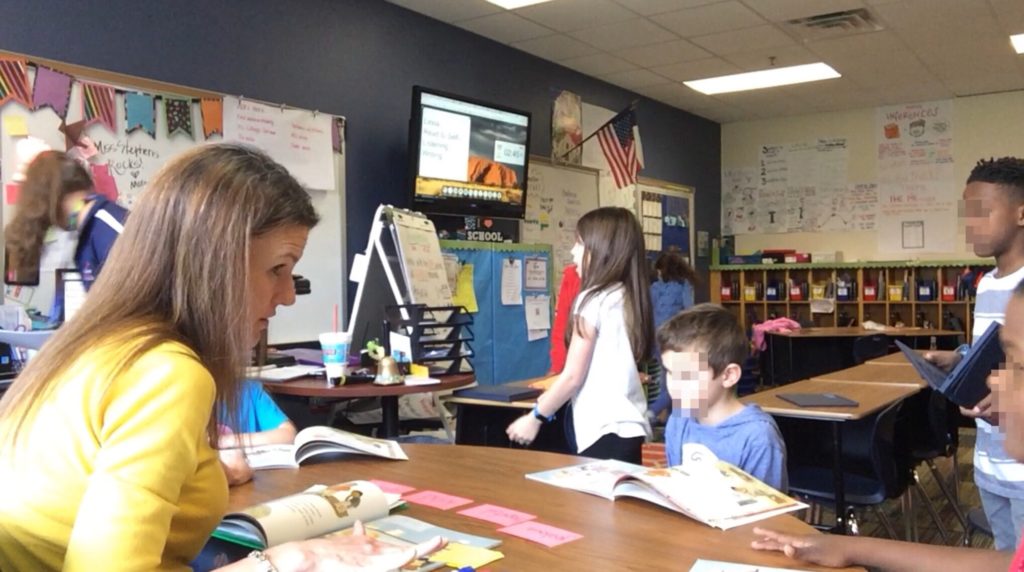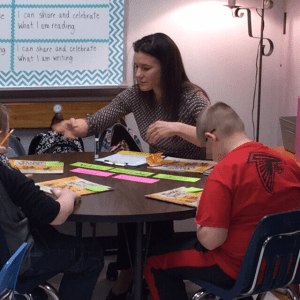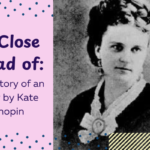Why every student should read their own book
The number one reason that Guided Reading is a successful way to boost students’ independent reading levels is because each student is reading and rereading the bulk of the time. If they are waiting for their turn to read, we’ve lost all that time they could have been learning rather than sitting patiently (hopefully patiently).
We also don’t want students reading one at a time because we don’t want students who are learning to read to spend time listening to dys-fluent reading! If I have the correct students in the group, then they are all reading a book that is at an instructional level for them. This means they will not be fluent – yet. So if one of those students is reading their part, it will not be fluent reading. Plus, many will argue about the stigma and fear of reading in front of peers.



How to organize every student reading their own book
I know that this seems like an impossible feat, but I promise that if you try it out, it will work! Added promise, you will see the benefit and love it!
For emergent, early, and early transitional readers (levels A-J), students should still read the entire book with you. After this level, they might read parts to you and parts independently. Some structures you can try are:
- Quiet Read
- Teach students how to read in a quiet voice. I model for them and then have them practice by reading something silly. Once they know how to read out loud quietly, have each student begin reading the story. If it is a large table, I then, bring my clipboard, and move behind one student and kneel down. When I do, the student knows to raise his voice just a little and continue reading from wherever they are. I pay attention to the student’s fluency, strategies, and basic comprehension. I can also do in the minute teaching where I help them use a strategy or have them reread a page. If my table is narrow enough I can just lean in to a student, rather than move to the other side of the table.
- Read in a Round
- Teach students to read in a quiet voice, and then have one student begin reading on page one. Once the student has completed enough, tell the next student to start reading at the beginning, next the third, and fourth. It is just like singing in a round – at least I think so, I don’t sing. As students read, I check in with the students just like above. It is important to not choral read in Guided Reading. Choral reading is a great strategy for improving reading fluency, expanding vocabulary, and increasing students’ confidence, but Guided Reading is not really the best place for this to occur.
What does it look like?
Here is an example of end-of-the-year kindergarten kids and first-grade kids in the middle of a Guided Reading lesson.


